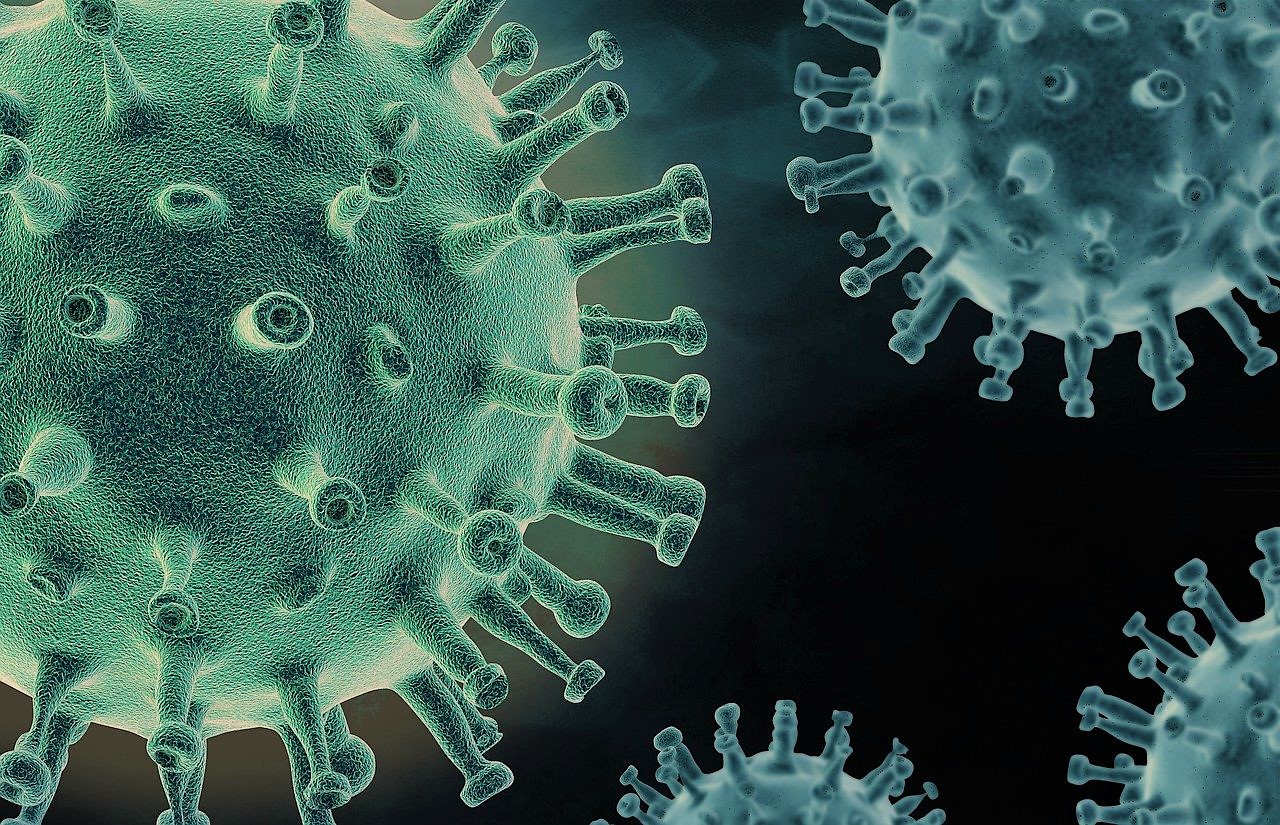About pathogenic microbes and chronic diseases
PANDIS - Pan - Greek meaning all; dis – representing disease
About pathogenic microbes and chronic diseases
Australian and global perspective
The World Health Organisation claims more than one-quarter of diseases are environmental thus placing greater importance on funding environmental research for prediction, prevention, policy, and treatment.
Environmental microbe disruptors can weaken the immune system, making the human body more vulnerable to disease and infections. When immune dysregulation occurs, chronic disease patients are more prone to hosting stealth pathogens, leading to a cascading and systemic decline in health.
Using powerful innovative technologies, new discoveries linking microbial disruptors as either causative agents or correlating factors in chronic disease will inform a gold standard practice of clinical care.
There is also an urgent need to research underlying conditions that may contribute to chronic disease, including multi-systemic diseases and genetic factors.
Effective management of environmental pathogenic diseases has a direct link to reducing the burden of chronic disease in society.
Chronic Diseases
Chronic disease is a growing concern worldwide. It is estimated, by the Australian Institute of Health and Welfare’s Australia’s Health Report 2014-15, that 11 million Australians, (nearly half our population) have at least one chronic disease and those over 65 years of age have two or more chronic diseases.
The rise of vector-borne diseases in Australia and the causative role they play in chronic diseases is a growing concern. Recent peer-reviewed research world-wide has indicated that chronic diseases such as Alzheimer’s, dementia, cancer, ME/CFS, MS, arthritis and others may have environmental triggers derived from microbes (including bacteria, viruses, parasites, algae and mould).
“Research funds are urgently needed to study environmental factors impacting human health, such as biotoxins and infectious microorganisms including bacteria, viruses, parasites, and mould”

Environmental microbes
While naturally produced substances are biodegradable, which means that they can be broken down by living organisms such as bacteria or fungi, an increase in waste material from the breakdown process may increase or decrease a microbe’s population size, forcing it to adapt, compete or perish in changed conditions. It has taken thousands of years for microbes to live in harmony with nature, yet they can cause infectious diseases when our environmental systems are out of balance. There is evidence that microbes may contribute as either causative, contributing or correlating factors to some non–infectious chronic diseases such as some forms of cancer, neuro-inflammatory disease, mental health conditions and coronary heart disease. As our environmental microbe populations rapidly change, so does the health and wellbeing of humans.
Vector borne and zoonotic disease
Australian vectors include ticks, mosquitoes, lice, mites, fleas, chiggers, etc. The diseases they carry can be zoonotic (meaning transferred from animal to human). If left untreated, zoonotic diseases are known to cause serious multi-systemic health problems including inflammation, chronic fatigue, migrating pain, tremors, arthritis, cognitive, neurological, and mental health issues – especially if not diagnosed and treated early.
A bite from a tick may be all it takes to infect a human – the tick can be as small as a poppy seed and easily missed.
Common zoonotic disease hosts include possums, birds, rodents, echidnas, bats, lizards, cattle, horses, kangaroos, etc. They can have Infectious agents that can transmit to humans. Some of the pathogens found in Australian animals include Q fever, Rickettsia, Bartonella, Babesia and others, including notifiable diseases, Ross River Fever, Tick Typhus (WA) and Barmah Forest virus.
The Australian Red Cross currently has research underway to track the incidence of Ross River Virus, Babesia and Q fever in donor samples throughout Australia to ensure the ongoing safety of the blood supply.

